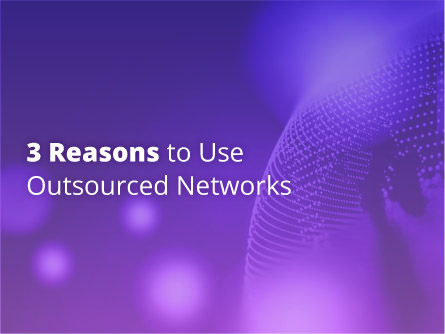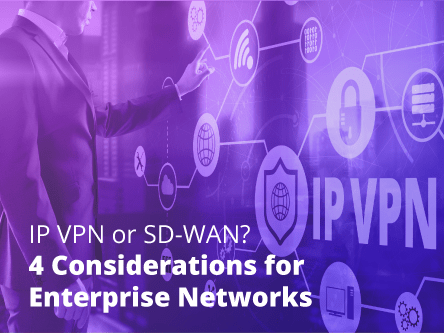Outsourcing is not a new option for network operators, but it matters more as an issue today than ever before. Operator profit margins are under unprecedented pressure, with their customers able to choose from a growing range of alternatives.
Outsourcing allows the operator to develop a cost-effective footprint and network presence at high speed and at predictable cost, giving them access to the networks of other carriers all over the world, as well as to developers and aggregators of content.
Operators are driven to outsource their networks by three main factors:
1. Local Access Procurement
Operators can struggle when procuring local access, particularly in parts of the world that lie beyond their main operating region. When their customers demand this local access, operators are faced with one of two choices.
They can build their own procurement team to source the international connectivity they need, or they can outsource to one or more suppliers who can aggregate all the local access they need overseas and work as their international arm.
2. Taking a New Look at Old Point of Presences (PoPs)
Many large carriers operate a string of international PoPs that they built several years ago, when market conditions helped to justify such an expense. These carriers are now facing margin pressure thanks to rising costs. Some of their traditional service areas no longer deliver the returns they once did, for example the wholesaling of voice minutes or straight bandwidth services. Some have entirely withdrawn from wholesale arbitrage.
For such carriers, an overseas PoP is a pure necessity to support their domestic business and not a revenue opportunity in its own right. Outsourcing these PoPs is both a way to cut costs and to buy and sell only what they need according to domestic demand.
3. The Pace of Technology Change
The pace of technology change is forcing operators to constantly upgrade overseas nodes. Planning for technology change is problematic. It is difficult to gauge the rate at which customers will adopt services based on new technologies. Capital constraints are also a barrier, especially where financing is needed to refresh older technology that is past its prime.
Outsourcing as a way to future-proof your business and cut dependency on legacy burdens. Trying to keep up with technology necessitates continually recruitment of new people for all the different technologies you are using. Running new and legacy side by side is resource intensive, and not creating value.
A managed services model offers a better and more sensible solution. This model gives the operator the choice to either avoid making their own investment in technology, or at the very least to try new technology out before they go down the investment route.
See our full report on how to drive profitability with network outsourcing.







